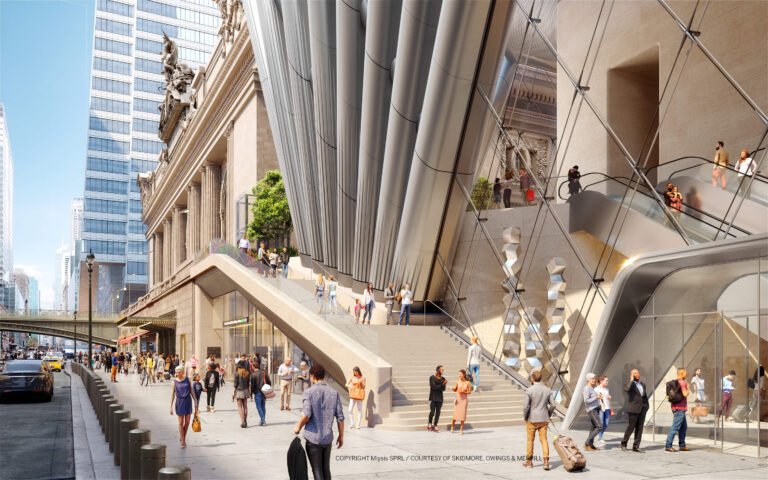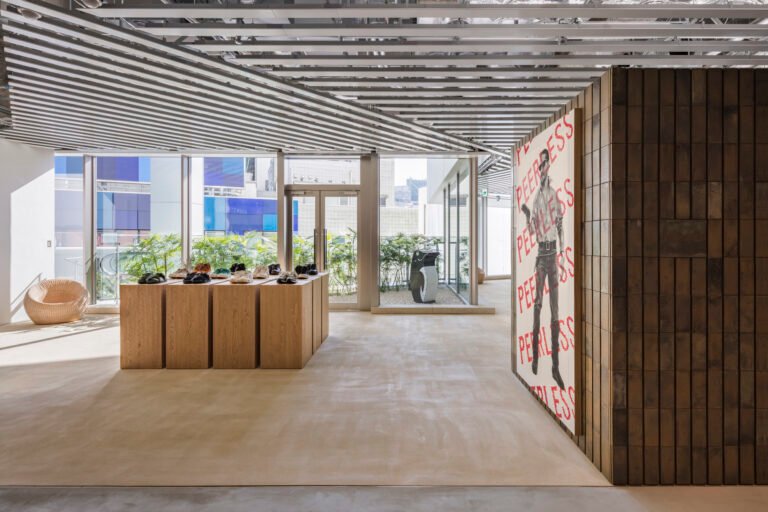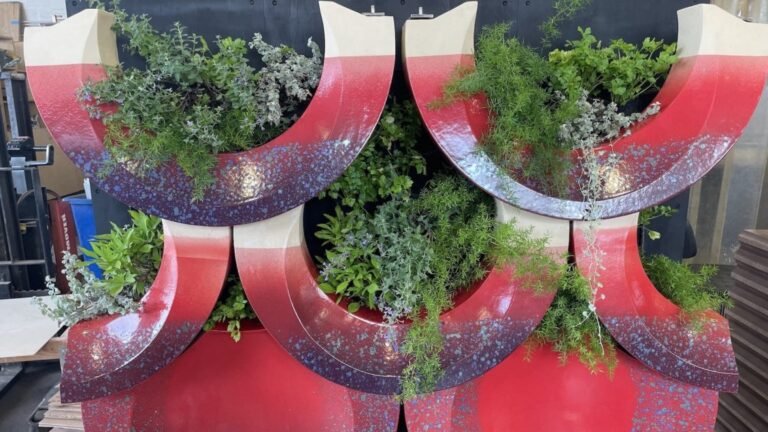Vergo—the Kelly Wearstler–Backed Banking Startup Built for Designers—Nabs $4M in Seed Funding
“Effective financial management of architecture and interior design projects is fundamental to their success,” said Wearstler, an early Vergo acolyte, in a press release announcing the funding round. “With its capability to streamline this process for all parties involved, Vergo will be an essential tool for architects and designers.”
At its core, Vergo blends elements of banking with the functionality of project management and accounting software to serve the specific needs of designers, architects, and contractors. After filling out a short business application form and receiving approval, new users can download the Vergo app and move money into an FDIC-insured checking account, which is connected to a debit card. That card offers at least 1% cashback on spending in categories such as furniture, decor, and building materials.
The time-saving value of Vergo lies in its ability to stay on top of a project’s finances with very little time or effort. Users can instantly tag purchases, payments, invoices, and more to associate them with a specific project, thereby automating the process of tracking expenditures and revenues across work streams.
“When you spend your money in the Vergo banking app, you can tag it at the project level almost instantly,” Kane notes. “When you’re spending money on furniture, you can tag it. When you’re paying a contractor through the project, you can tag it. [You] have those project-spend tools embedded into your banking.”
While that automated approach to project management can already help users avoid organizational headaches, the next steps on Vergo’s roadmap are all about simplifying the processes of getting paid and keeping clients happy. Kane mentions plans for a client-facing portal that offers a window into itemized project spend without revealing too much about the markup needed to achieve profitability.
And just as he arrived at the idea for Vergo through bitter experience, Kane’s desire to introduce a more intelligent, automated method for building invoices out of tagged transactions also came to him the hard way.
“I actually lost several thousand dollars on one project because I miscalculated the invoice for the customers,” he admits. “So, that ability to select transactions, select payments, [and] create an invoice off of it is something we’re really excited about doing.”
In addition to enhancing the quality of their offering, Kane says the newly won seed funding will help move professionals from the wait list onto Vergo itself, in part by growing the team from 15 staffers to a 100-person operation by the end of 2023. In addition to the client portal and intelligent invoicing, a credit card that can offer more spending flexibility over a project’s life cycle is in the works. Furthermore, securing partnerships with design-oriented retailers to enhance the rewards Vergo users can earn (beyond the 3% cashback for their first $5,000 spent) will be a major focus over the next few years.
But no matter how much or how quickly it scales its operation, Kane declares that Vergo’s focus will always remain on serving the kind of designers that he once was.
“The way I frame it is [Vergo is] basically business banking for home builders and renovators, [a group] which includes designers and architects,” he says. “I don’t think we’ll ever go beyond that because it’s such a large industry of such acute needs. I’m really excited to keep doubling down within this industry.”




